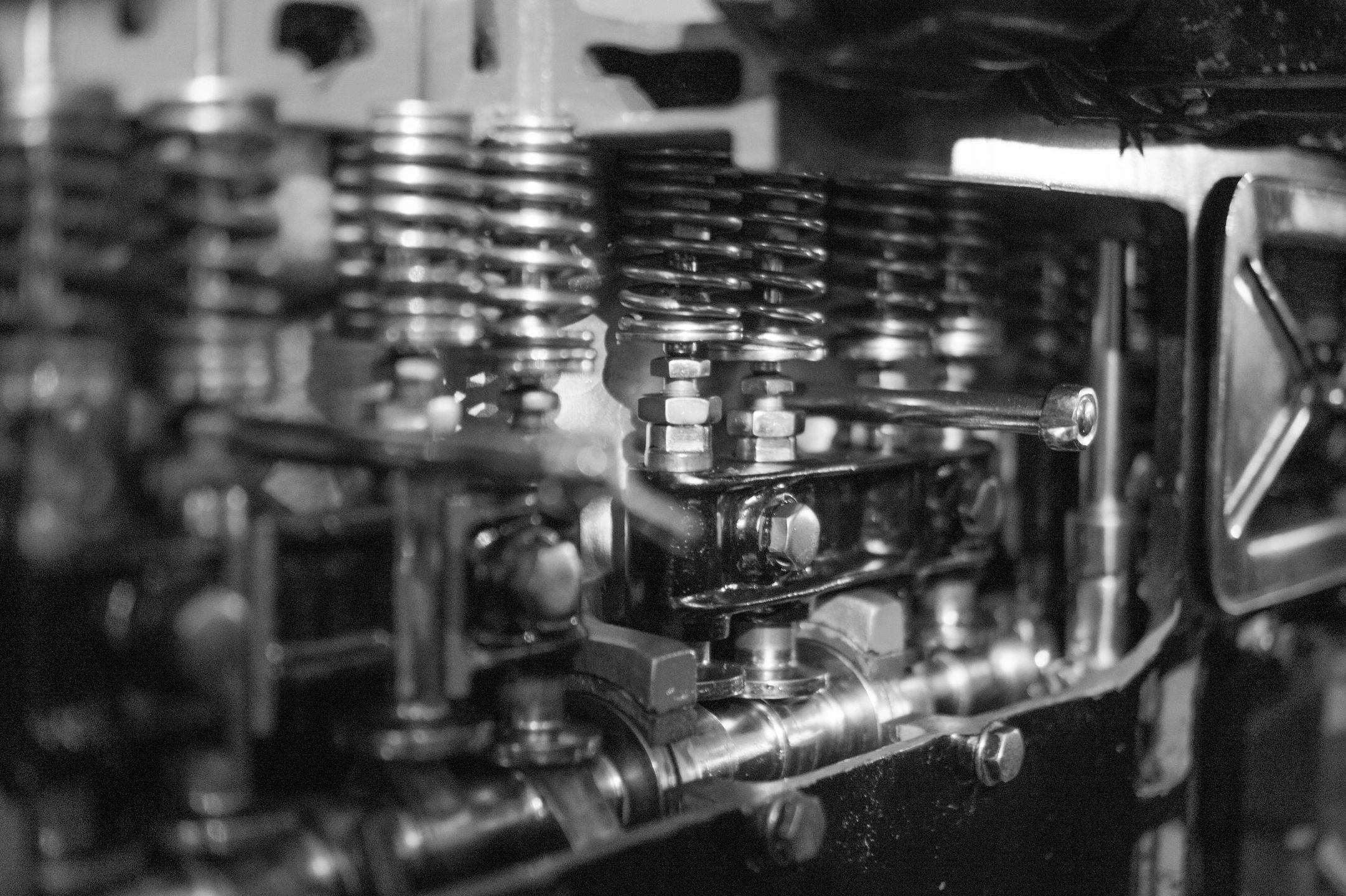Get unique, complex parts easily. No matter your requirements, Chaoyi Spring creates hard-to-produce coil springs and wire forms.
Let us help you create the custom wire form you need, from S-hooks and J-hooks to utility hooks and more.
We work closely with customers across a wide range of industries, helping them design and manufacture made-to-order parts.
Why choose Chaoyi Spring? We prioritize customer-focused collaboration, modern equipment and the latest technology to make your parts per print.
Find the information and guidance you need, from measuring a spring to learning about materials, placing an order and much more.
Compression springs, those ubiquitous coils of metal that store and release mechanical energy, play a crucial role in a myriad of applications, from the smallest of gadgets to the largest


Compression springs, those ubiquitous coils of metal that store and release mechanical energy, play a crucial role in a myriad of applications, from the smallest of gadgets to the largest of machines. Their seemingly simple design belies their remarkable versatility and crucial function in ensuring smooth operation and optimal performance in countless devices. In this exploration, we delve into the world of compression springs, uncovering their fundamental characteristics, diverse applications, and the factors that govern their selection and design.

At their core, compression springs are helical coils of wire, typically made of steel, that resist compression forces. When a force is applied, the spring compresses, storing potential energy. Upon release, the stored energy is transformed into kinetic energy, driving the spring back to its original length. This ability to store and release energy makes compression springs indispensable in a wide range of mechanical systems.
Their unique properties stem from the careful selection of materials, wire diameter, coil diameter, and the number of coils. These parameters, coupled with the spring's free length, determine its spring rate—the force required to compress the spring by a specific distance. A higher spring rate indicates a stiffer spring, requiring greater force for compression.
The versatility of compression springs makes them essential in virtually every industry. Here are just a few examples:
Choosing the right compression spring is crucial for optimal performance and longevity. Several factors must be considered, including:
The quality of compression springs is essential for reliable operation and longevity. To ensure this, manufacturers employ various quality control measures, including:
Compression springs continue to evolve alongside advancements in materials science and manufacturing techniques. Novel materials, such as advanced alloys and composites, offer improved strength, durability, and performance characteristics. Advanced manufacturing processes, such as 3D printing, enable the creation of custom-designed springs with intricate geometries and complex shapes, opening up possibilities for even more innovative applications.
In conclusion, compression springs, despite their seemingly simple design, are crucial components in a vast array of applications. Their ability to store and release energy with precision makes them essential for smooth operation and optimal performance in countless systems. By carefully considering the application's requirements, material selection, spring design parameters, and manufacturing process, engineers can choose the ideal compression spring for any task.
The world of compression springs is a testament to the power of simple yet vital components. They embody a balance of strength, resilience, and adaptability, enabling countless innovations across industries. As technology continues to advance, so too will the role of compression springs, ensuring that they remain essential building blocks for a wide range of future applications.
Browse some of the custom wire forms and springs that we manufacture. Don’t see what you need? We specialize in made-to-order products that meet your application requirements.
Visit Our GalleryNeed a custom wire form or coil spring? We make it work. Fill out the contact form and a representative will respond within 1 business day. If you have a PDF or CAD file, you can submit to request a quote.